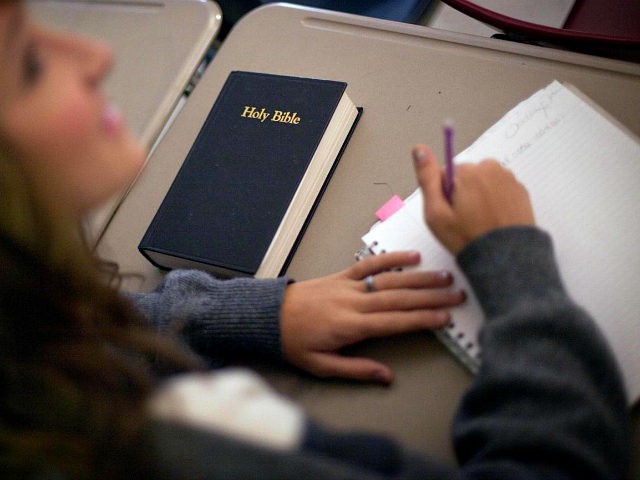Researchers are employing the Christian Bible to develop a more sophisticated translation algorithm because of its unique structure and the remarkable number of translations available, Science Daily reported Wednesday.
“The English-language Bible comes in many different written styles, making it the perfect source text to work with for style translation,” said Keith Carlson a researcher from Dartmouth working on the project.
Developers have made enormous strides in computer-generated translations, but they still lack the nuance and flexibility of humans, who are often able to achieve slight variations in tone and effect by tweaking words and turns of phrase.
Scientists working in the field have found the Bible uniquely qualified to assist in taking the next step toward developing a more complex algorithm, capable of translating for style and not merely for meaning.
The many English-language versions of the Bible offer a vast dataset from which to learn, unlike any other. Researchers have used the varied translations of 31,000 verses to generate more than 1.5 million unique translation pairings. This data has enabled the algorithms to learn how the same text can be translated countless ways to produce different styles.
The division of Bible texts into books, chapters, and verses greatly simplified the work of researchers and made algorithms for aligning text superfluous.
The Bible coming to the aid of educators may strike some as paradoxical, given its pariah-like status in U.S. public education.
For over a hundred years, biblical texts formed part of the curriculum in American public education. The McGuffey’s Readers, a staple of public schools during the nineteenth century, included abundant biblical references. It was not until 1963 that the use of religious language in public schools was ruled unconstitutional in public school education. Although the study of the Bible as literature in public schools was never outlawed, in practice it all but disappeared.
Now, however, it is the Bible coming to the rescue of education.
The research team is attempting to create an algorithm that can recognize and produce a variety of styles, varying from simple to complex and informal to formal. They have employed 34 distinct Bible translations, ranging from the “King James Bible” at the most complex end of the spectrum and the “Bible in Basic English” at the least complex end of the spectrum.
The Bible texts were fed into two algorithms — a statistical machine translation system called “Moses” and a neural network framework commonly used in machine translation, “Seq2Seq.”
The goal of the researchers is to develop a computer code capable of producing alternative translations of the same text, adapting the style for different audiences. As an example, they note, a style translator could take an English-language selection from Herman Melville’s Moby Dick and translate it into different versions appropriate for young readers, non-native English speakers, or any of a variety of other audiences.
Follow Thomas D. Williams on Twitter Follow @tdwilliamsrome.

COMMENTS
Please let us know if you're having issues with commenting.